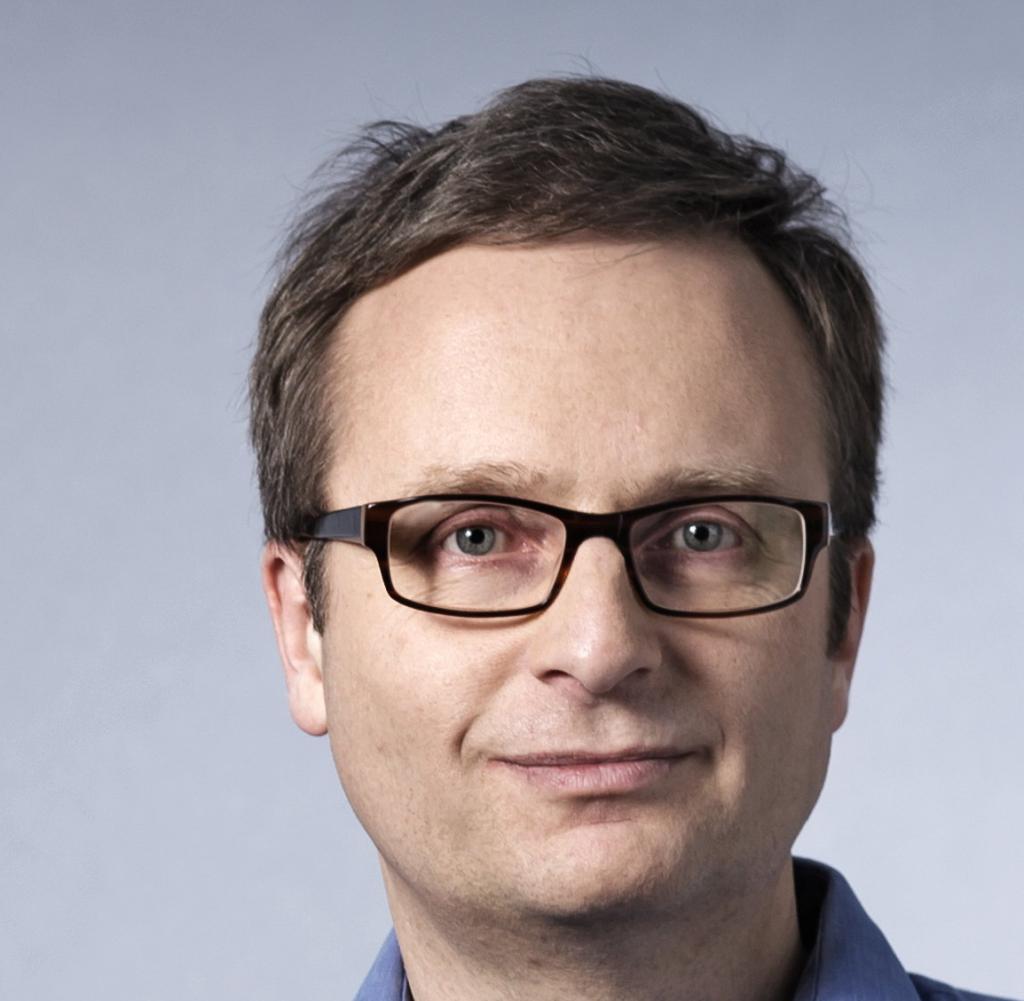Some figures are difficult to grasp even through comparison. This is the case with the wealth of the world’s millionaires. At the end of last year, it amounted to 86.8 trillion dollars, according to current calculations by the consulting firm Capgemini.
At the same time, the International Monetary Fund (IMF) expects global gross domestic product to be just under 110 trillion dollars for the year as a whole. This means that the rich of this world own approximately as much as the entire human race will create through work in around nine and a half months this year.
Even if you still can’t quite grasp it, you’ll notice that it’s a gigantic sum. And it’s increasing significantly year after year, reaching new highs all the time. But that has less to do with exploitation and capitalism than with the right investment strategy. German small savers in particular can learn something from that.
“The number of high net worth individuals worldwide is reaching unprecedented heights, as is their wealth,” says the Capgemini study. The investable wealth of millionaires rose by 4.7 percent last year alone – and that is almost exactly the same as the average since 2016. At that time it was only around 63.5 trillion dollars and has since climbed by 4.6 percent per year.
The increase in the number of dollar millionaires is even more significant. Last year, 1.1 million were added, an increase of 5.1 percent, bringing the total number to 22.8 million. In 2016, there were only 16.5 million worldwide.
Most of them live in the USA, followed by Japan and Germany. In this country, the number of dollar millionaires rose by 34,000 from 1.612 to 1.646 million. Their wealth increased from 6.142 to 6.28 trillion dollars.
The rich can also be further divided into super-rich, middle-rich and smaller millionaires. The former are referred to in the language of the financial world as “ultra high net worth individuals” and anyone with investable assets of more than 30 million dollars belongs to this club. There are around 220,000 of them worldwide.
The middle group has between five and 30 million dollars and comprises 2,075,000 people. The majority of millionaires, around 20,533,000 people, on the other hand, have “only” between one and five million dollars – Capgemini calls them the “millionaires next door”.
The majority of the wealthy live in North America, followed by Asia, with Japan and China in particular having a high density of millionaires. Third place goes to Europe, where Germany, Great Britain and France traditionally lead the rankings.
Things used to be different. Until 2020, the Asia region had more millionaires than North America. But since then, the stock market boom in the USA has led to a dramatic increase in the number of high net worth US citizens. The same applies to their investable capital.
“Solid economic development, easing inflationary pressures and an impressive rally in the US equity markets provided upward momentum,” Capgemini said in its analysis.
At the same time, this points to an important feature that characterizes the investments of the rich and super-rich and clearly distinguishes them from the distribution of wealth among German small savers.
The latter still have a large part of their money in bank accounts – 41.4 percent according to the Bundesbank. Until recently, it was there without interest, but now there are good interest offers again, but many continue to leave their money at their savings banks or cooperative banks at minimal interest rates or languishing in their current accounts.
A further 29.5 percent of Germans’ financial assets are invested in insurance, the majority of which are in life insurance, pension insurance or similar products with very low returns.
Together, bank and insurance investments account for over 70 percent. Shares and investment funds, on the other hand, only account for a little over 20 percent.
The situation is completely different for the millionaires of this world. Although they only own around 20 percent of their assets in stocks, 15 percent of their assets are invested in alternative investments. These include hedge funds, for example, but above all private equity funds, i.e. investments in non-listed companies. These investments usually bring in quite high returns, usually more than ten percent per year.
A further 20 percent is invested in bonds, about the same amount in real estate that is not owner-occupied, and the rest is in cash or cash-like financial products.
Small investors cannot copy all of this. Buying real estate to rent it out is often difficult and involves too much effort. Investments in private equity are possible through so-called ELTIF funds, and the conditions for this were simplified this year. However, for many people they are not a real alternative, as the market is still very opaque.
What is crucial, however, is that private equity investments ultimately invest in companies, just like equity investments. Together, the world’s rich invest over 35 percent in companies – and that is what drives their returns.
Small investors can certainly copy this by significantly increasing their share of shares and using the money that is held in banks with no or low interest, provided it is not needed as a reserve. Small investors should also reconsider investing money in insurance companies, which play practically no role for millionaires.




